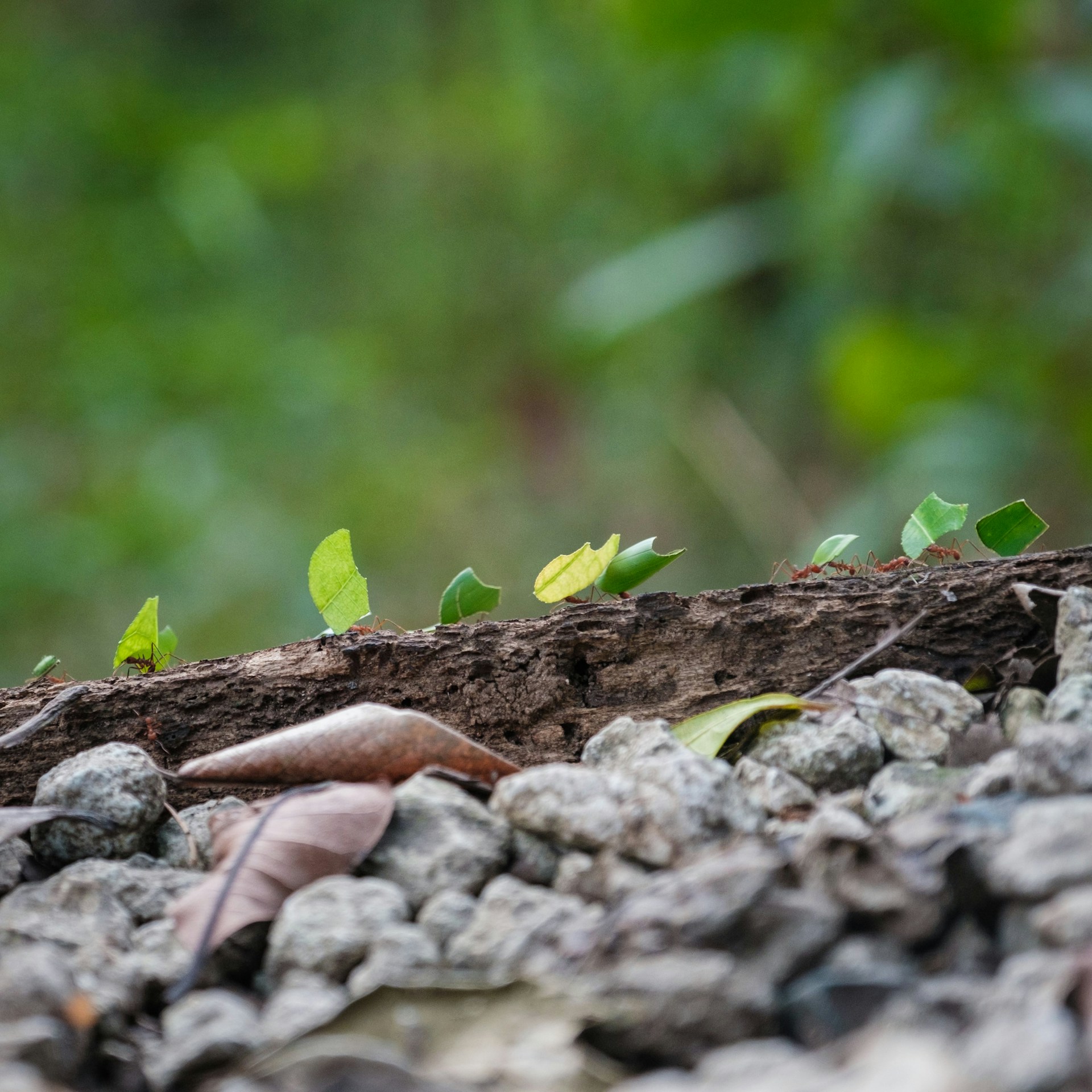Error message
Notice: Undefined property: Drupal\redirect\EventSubscriber\RouteNormalizerRequestSubscriber::$aliasManager in Drupal\redirect\EventSubscriber\RouteNormalizerRequestSubscriber->onKernelRequestRedirect() (line 118 of modules/contrib/redirect/src/EventSubscriber/RouteNormalizerRequestSubscriber.php). Unsplash - Christian Holzinger
Unsplash - Christian Holzinger
Acting for biodiversity can take a diversity of forms

“Harmony with nature and sustainable development” is the theme of the 2025 edition of the International Day for Biological Diversity (IDB). At its crux lies a seminal idea: a whole-of-government and whole-of-society approach is crucial for the implementation of the 23 targets of the Kunming-Montreal Global Biodiversity Framework (KMGBF) and the 17 Sustainable Development Goals (SDGs).
Governments are in the driver’s seat
The member States of the United Nations adopted the 2030 Agenda and the SDGs in December 2015. Seven years later, the Parties to the Convention on Biological Diversity (CBD) adopted the KMGBF. Governments shaped these multilateral frameworks and are accountable for their implementation at the national level.
The development of national targets and the rapid preparation of National Biodiversity Strategies and Action Plans (NBSAPs) that are aligned with the goals and targets of the KMGBF constitute essential steps. As vehicles of implementation, NBSAPs should reflect an inclusive and participatory approach that involves a broad range of government departments and leverages the meaningful participation of women, youth, indigenous peoples and local communities and the private sector, amongst others.
Ideally, NBSAPs should be integrated into broader sustainable development strategies for synergistic implementation with the SDGs. Has your country submitted targets or its NBSAP under the CBD? Click here to view all national target and NBSAP submissions.
A whole-of-society push is needed
“Whole-of-society”—a term adopted as part of the negotiated language of the KMGBF-- means that, while governments are responsible for developing and enacting public policy, legal and administrative measures for implementation, everyone in society should contribute, including * :
-
Individuals
Through purchasing choices as consumers and decisions as investors, individuals can send powerful signals to companies, markets and the economy about the importance of shifting away from models and products that harm nature. For example, by adjusting dietary preferences and paying attention to grocery product labels, consumers can catalyze the shift to more sustainable agrifood systems—key to both the KMGBF and the SDGs.
No action is too small. Everyone can incorporate adjustments into their daily routines. Whether it is minimizing water waste, consuming locally grown foods or composting food scraps, simple actions contribute to reducing pressure on ecosystems and to protecting biodiversity.
-
Parliamentarians, sub-national governments, cities and local authorities
Biodiversity conservation and restoration requires action at all levels, including in urban and peri-urban settings. Many regions, cities and suburban areas are biodiversity-rich and several are located within or near globally recognized biodiversity hotspots. Public and private stakeholders should join forces to create ecosystem-based corridors and parks. Both citizens and nature would benefit with dividends in air quality, health and the local economy.
Parliamentarians and elected officials at the regional and local level should also complement national governments’ actions in recognizing the rights and contributions of indigenous peoples and local communities. Recognizing their rights and contributions and elevating their role in decision-making processes at all levels is essential for achieving the targets of the KMGBF and the SDGs.
-
Businesses and financial institutions
Assessing, managing and disclosing nature-related dependencies, impacts, risks and opportunities feed into evidence-based management frameworks that, in turn, foster transparency and accountability. This essential exercise lies at the core of the required transformative change towards more sustainable production and consumption patterns powered by biodiversity-friendly business models and value chains.
On the International Day for Biological Diversity, businesses that make commercial use of Digital Sequence Information on genetic resources should consider publicly pledging contributions to the newly established Cali Fund, thus leading by example and supporting the implementation of both the KMGBF and the overarching SDGs.
* The proposed actions do not constitute an exhaustive account, nor does this article list every part of society that is expected to contribute to the implementation of the KMGBF and SDGs. The illustrative examples are meant to stimulate the debate and prompt action as part of the IDB 2025 campaign and beyond.